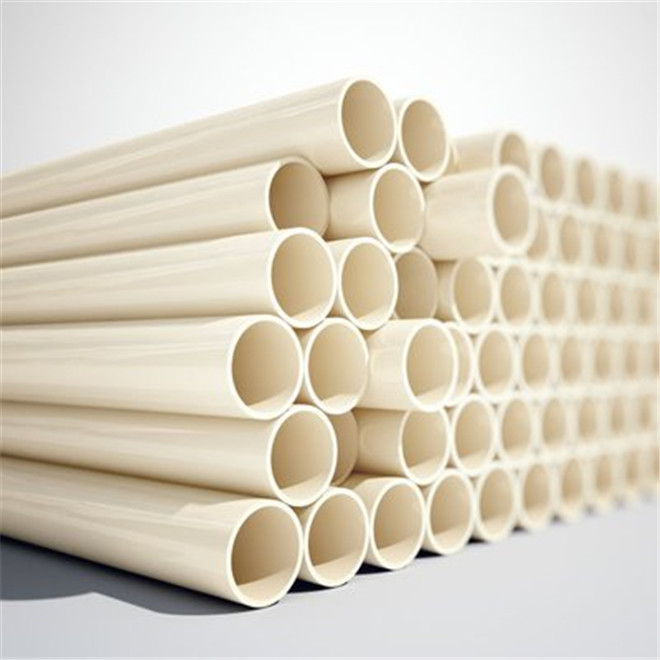How To test the pressure rating of PVC-O pipes
2024-03-06
How To test the pressure rating of PVC-O pipes, you can follow these general steps:
Consult Manufacturer Specifications: The first step is to refer to the manufacturer's specifications for the specific PVC-O pipe you are using. The manufacturer will provide information on the pressure rating of the pipe, which is typically expressed in pounds per square inch (psi) or bars.
Prepare the Testing Equipment: You will need a pressure testing pump or equipment capable of exerting the required pressure on the PVC-O pipe. Make sure the equipment is calibrated and in good working condition.
Prepare the Pipe: Ensure that the PVC-O pipe is clean and free from any debris or obstructions that could affect the test results. Make sure all connections are secure and properly sealed.

Gradually Apply Pressure: Slowly increase the pressure using the testing equipment while monitoring the pressure gauge. Follow the manufacturer's guidelines for the maximum pressure that the PVC-O pipe can withstand.
Monitor for Leaks: As you apply pressure, carefully inspect the entire length of the PVC-O pipe for any signs of leaks or stress points. If you notice any leaks, stop the test immediately.
Hold Pressure and Record Results: Once the desired pressure level is reached, hold the pressure for a specified duration as recommended by the manufacturer. Monitor the pressure gauge to ensure it remains stable.
Release Pressure: After the test duration is complete, gradually release the pressure from the PVC-O pipe using the testing equipment.
Record the Test Results: Record the maximum pressure that the PVC-O pipe was able to withstand without failure. Compare this value to the manufacturer's specifications to ensure it meets the required pressure rating.
Document the Test: Document the test procedure, results, and any observations made during the pressure test for future reference.
It is essential to follow safety guidelines and procedures when conducting pressure tests on PVC-O pipes to ensure accurate results and prevent any potential hazards. If you are unsure about conducting the test yourself, consider consulting a professional or contacting the manufacturer for assistance.
We use cookies to offer you a better browsing experience, analyze site traffic and personalize content. By using this site, you agree to our use of cookies.
Privacy Policy



